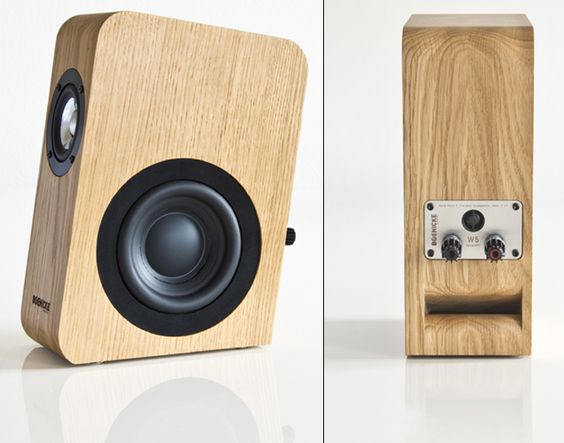He demonstrated in a very low tech way by taping on a panel. MDF had a bit of a ring but the chipboard they used was very dead. He did explain but it was many years ago and I don't have the best memory but I think it was along the lines of different densities you get in chipboard with the core being less dense to the outer face. I also think it partly due to it being lighter as a lighter cabinet has less momentum (apparently) I must add I am talking about things way above my pay grade

. In later years think they ended up using MDF as from the visual design point of view it was far superior in that they could stain up moulding and edges to match veneers. Peter was very grumpy about this as for him sound was everything and did not like compromise in this department. Thing is everything vibrates. I think the perfect speaker should be very light yet have no resonance obviously unachievable so compromise has to be made. MDF definitely has some resonance. I used it for a Peerles kit and a Dynadio one and neither was immune to singing along.





